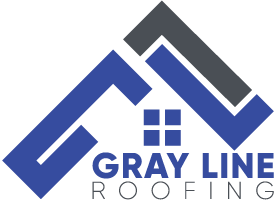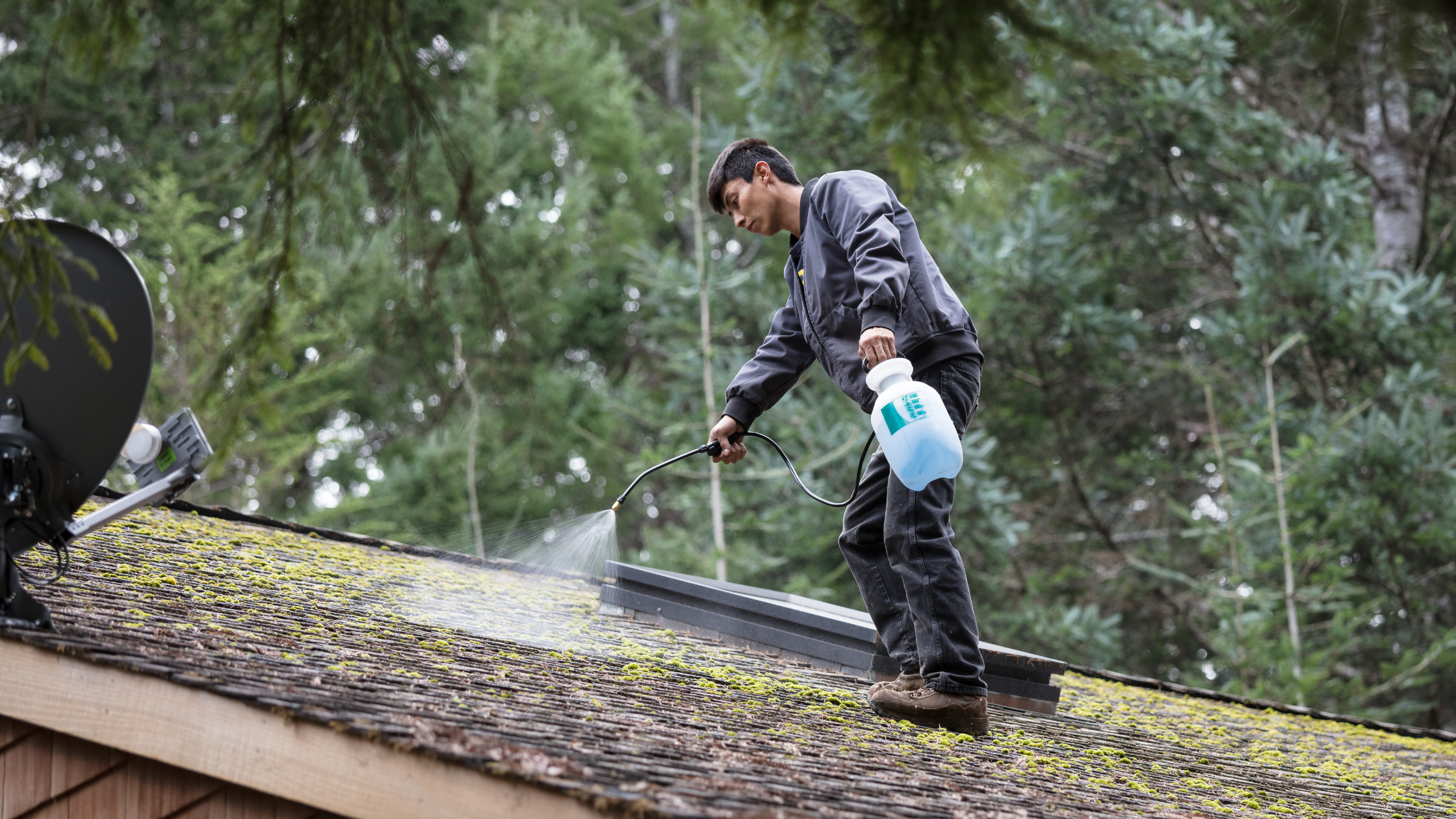GRAY LINE ROOFING TALK TO US
“How to remove mold on roof”. You’ve probably asked yourself this question at some point. If you have a roof, chances are it has been impacted by mold. Mold can be both unsightly and dangerous, so removing it from your home as soon as possible is important. The good news is that professional services aren’t very expensive or hard to find—plus, they’re way less messy than trying to tackle this problem yourself!
Remove the mold by sweeping it off with a broom or a leaf blower.

First, use a broom or leaf blower to sweep the mold off. If it’s not too high up, you can also use a ladder and climb up to get at it. Be careful if you’re in contact with the mold as well; wear gloves when dealing with this problem. If your roof is already compromised by mold and there are holes in it (or other damage), don’t try to remove it yourself—you could end up causing more damage than good! Instead, call an experienced professional like us who can safely clean all of those areas without causing any further problems for you!
If you’re doing this while standing on the ground, consider wearing a latex or nitrile glove on your cleaning hand.

When working on a roof, it’s important to protect your hands. If the mold is embedded in the shingles or plywood and you’re not wearing gloves, then you’re exposing yourself to dangerous spores that could make their way into your lungs.
Nitrile gloves are better than latex ones because they provide more protection against water and dirt while also being easier to clean off when finished with your work. The best thing about nitrile gloves is that they’re available in different thicknesses so you can choose one that suits your needs (Figure 1). For example: if there are lots of sharp edges on the surface being cleaned off then using something like 8 mil thickness might be appropriate; but if there aren’t many sharp ones then higher levels may not help much since these types of surfaces don’t need as much protection anyway!
You can also mix 1 gallon of water and 1 cup of bleach in a bucket and wipe down the area using one of these methods, but avoid figuring out how to remove mold from your roof if you’re up high and not familiar with climbing equipment.
There are plenty of ways to remove mold from your roof. But if you’re up high and don’t know how to climb, it’s best not to figure out how to remove mold from your roof in the first place.
Mixing bleach with other cleaners is dangerous because it can cause chemical burns if you get it on your skin or eyes, or even worse—if there’s enough bleach present in the mixture when someone else breathes it in and gets sick. Mixing ammonia with bleach is also bad news: The two react together by turning into hydrochloric acid (HCl), which can burn through tissue quite easily! Vinegar won’t work either; its acidic nature will only make matters worse by reacting with HCl while also destroying any good bacteria left behind after using an anti-fungal agent like Clorox disinfectant cleaner
Once the mold is gone, use a garden hose to rinse away any leftover residue, making sure to stay away from anything that’s plugged into an electrical socket.

Once the mold is gone, use a garden hose to rinse away any leftover residue. Make sure to stay away from anything that’s plugged into an electrical socket and be careful not to damage your roof in the process. You can also use a pressure washer if you have one available, but be careful not to leave water dripping down onto your house or decking.
Step back from the roof and take note of how it looks now that you’ve removed all visible growths; if there are any spots left behind after rinsing, it’s probably time for professional maintenance services such as replacing shingles or sealing cracks on top-level surfaces (not covered here).
Now that you’ve removed all visible growths, it’s time to step back from the roof and take note of how it looks now that you’ve removed all visible growths; if there are any spots left behind after rinsing, it’s probably time for professional maintenance services such as replacing shingles or sealing cracks on top-level surfaces (not covered here).
In addition to wearing gloves, goggles, and a mask when working around moldy materials, make sure that you have access to a garden hose so that any leftover residue can be washed away easily. If possible (and safe), use this method instead of climbing equipment if possible—it will save both time and energy!
When removing mold from your roof, clean the area with water first before using chemicals or bleach.
When removing mold from your roof, it’s important to clean the area with water first before using chemicals or bleach. Rinsing away mold will help prevent it from growing back and can also help remove any residue that may have been left behind by the cleaning process.
If you need to use bleach, make sure it is diluted first so as not to damage your roofing material or insulation.
If you follow these steps, then your roof is guaranteed to stay healthy and free of mold. We hope that this guide has helped you understand how to remove mold on roof!
Our team of experts is always ready to help you with any roofing problem; from storm damage repairs to installation and maintenance checks, we’ve got you covered! TALK TO US NOW!

